Outline is Representative of Size and Shape:
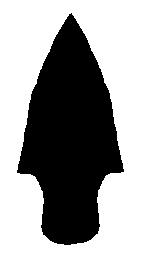
Name Details:
Identified By: William C. Mills
Named For: Type site (culture)
Date Identified: 1902
Type Site: Adena Estate Mound, Ross County, Ohio
Identified By: William C. Mills
Named For: Type site (culture)
Date Identified: 1902
Type Site: Adena Estate Mound, Ross County, Ohio
Point Validity: Valid Type
Mills was an anthropologist and became the curator of the Ohio History Connection of Archaeology in 1898. In addition to the many important archaeological sites he excavated, including the Adena Mound, he identified the Hopewell, Fort Ancient, and Intrusive Mound cultures. This type was named in a professional publication and has professional recognition as a true valid type.
Adena Stemmed
Cluster: Adena Cluster Description of Physical Characteristics and Flaking Pattern:
This is a medium to large (1.36 to 6 inches) triangular stemmed point with a thin elliptical cross section. The blade is elongated with an excurvate blade. The shoulders edge being straight to rounded or at an upward angle. The stem is broad and generally straight, but may be slightly expanded to slightly contracting and generally 1/2 the width of the blade. The base is convex and is often lacking basal grinding. This point is manufactured using random percussion flaking with pressure flaking used to trim and retouch the blade forming a random flaking pattern.
Size Measurements:
Length - 50 to 150 mm (56 to 70 mm average), Stem Length - 15 to 30 mm (21 mm average), Blade Width - 23 to 43 mm (34 mm average), Stem Width - 18 to 27 mm (24 mm average), Thickness - 7 to 15 mm (average 9 mm)
Length - 50 to 150 mm (56 to 70 mm average), Stem Length - 15 to 30 mm (21 mm average), Blade Width - 23 to 43 mm (34 mm average), Stem Width - 18 to 27 mm (24 mm average), Thickness - 7 to 15 mm (average 9 mm)
Commonly Utilized Material:
These points are primarily made of cryptocrystalline materials. Rarely these points have been made of rhyolite, quartzite, chalcedony and jasper. Materials are commonly heat treated.
These points are primarily made of cryptocrystalline materials. Rarely these points have been made of rhyolite, quartzite, chalcedony and jasper. Materials are commonly heat treated.
Additional Comments:
The Adena Culture is considered the first of the Mound Builder Cultures. The Mound Builder Cultures include the Adena Culture, Hopewell Culture, and the Mississippians.
Adena points that are associated with the Adena Culture, are primarily found in the Ohio River Valley. There are many similar points within the Mound Builder Distribution that has similar characteristics to the Adena point. Some of these include the Waubesa point (Hopewell), and the Dickson, Mason, and Florence point (Red Ocher Culture). Adena style points found outside the Adena Cultural area should be evaluated for the possibility it is a similar type.
Early Adena points seem to be most commonly associated with the Tennessee River Valley and the point seems to spread from there in the early Woodland period (Kneberg 1956), however, the Adena culture is centered (and thought to originate) in the Ohio River valley (W11).
The Adena and Waubesa points have many overlapping similarities. Adena points have less defined shoulders and has the widest part of the blade well above the shoulders. Waubesa points have well defined shoulders with the widest part of the blade at the shoulders (Morrow, 2016)
The Adena Culture is considered the first of the Mound Builder Cultures. The Mound Builder Cultures include the Adena Culture, Hopewell Culture, and the Mississippians.
Adena points that are associated with the Adena Culture, are primarily found in the Ohio River Valley. There are many similar points within the Mound Builder Distribution that has similar characteristics to the Adena point. Some of these include the Waubesa point (Hopewell), and the Dickson, Mason, and Florence point (Red Ocher Culture). Adena style points found outside the Adena Cultural area should be evaluated for the possibility it is a similar type.
Early Adena points seem to be most commonly associated with the Tennessee River Valley and the point seems to spread from there in the early Woodland period (Kneberg 1956), however, the Adena culture is centered (and thought to originate) in the Ohio River valley (W11).
The Adena and Waubesa points have many overlapping similarities. Adena points have less defined shoulders and has the widest part of the blade well above the shoulders. Waubesa points have well defined shoulders with the widest part of the blade at the shoulders (Morrow, 2016)
Distribution: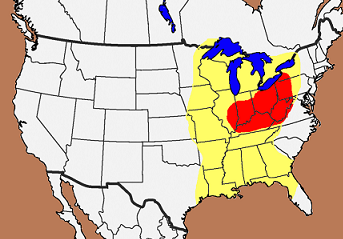

Distribution Comments:
These points are found within the Ohio River Valley. The normal distribution of the Adena points are marked in red (see Additional Comments). The yellow section is the influence and trading network of the Mound Builders which include the Adena, Hopewell, and Mississippian Cultures.
These points are found within the Ohio River Valley. The normal distribution of the Adena points are marked in red (see Additional Comments). The yellow section is the influence and trading network of the Mound Builders which include the Adena, Hopewell, and Mississippian Cultures.
Age / Periods:
Date: 3,500 - 1,300 B.P.
Cultural Period: Late Archaic to Woodland
Glacial Period: Neoglacial to Roman Warm
Culture: Adena Culture
Date: 3,500 - 1,300 B.P.
Cultural Period: Late Archaic to Woodland
Glacial Period: Neoglacial to Roman Warm
Culture: Adena Culture
Age Details:
Lowery (2012), was part of the Delmarva Adena Hopewell complex which started about 2,500 P.B. and continued to 1,300 B.P.
Lowery (2012), was part of the Delmarva Adena Hopewell complex which started about 2,500 P.B. and continued to 1,300 B.P.
Similar Points:
Boggy Branch Type 2, Burkett, Cypress Stemmed, Duncan Island, Elk River, Kent, Koens Crispin, Kramer, Hamilton Stemmed, Hidden Valley, Lehigh, Macon, New Market, Pontchartrain, Randolph
Boggy Branch Type 2, Burkett, Cypress Stemmed, Duncan Island, Elk River, Kent, Koens Crispin, Kramer, Hamilton Stemmed, Hidden Valley, Lehigh, Macon, New Market, Pontchartrain, Randolph
Other points in this cluster / Related points:
Adena Blade, Adena Dickson, Adena Narrow Stem, Adena Robbins, Adena Snapped Base, Adena Vanishing Stem, Adena Waubesa, Cresap, Fulton, Turkeytail, Gary, Harrison Turkeytail, Hebron Turkeytail, Kramer, Gary, Little Bear Creek, Kramer, Little Bear Creek, Poplar Island, Rossville
Adena Blade, Adena Dickson, Adena Narrow Stem, Adena Robbins, Adena Snapped Base, Adena Vanishing Stem, Adena Waubesa, Cresap, Fulton, Turkeytail, Gary, Harrison Turkeytail, Hebron Turkeytail, Kramer, Gary, Little Bear Creek, Kramer, Little Bear Creek, Poplar Island, Rossville
Pictures:


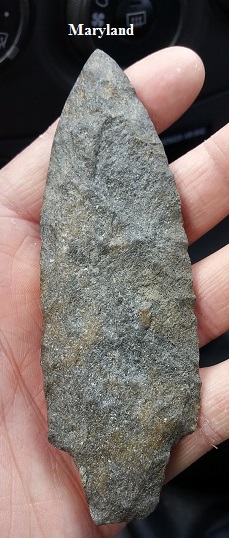
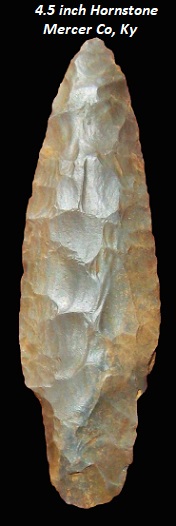
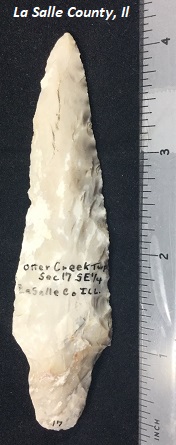
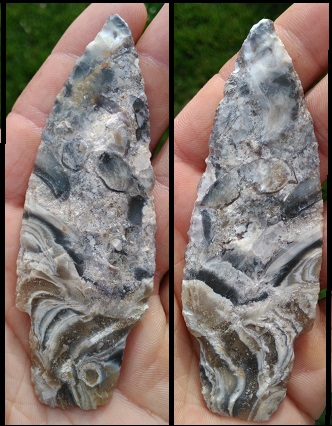
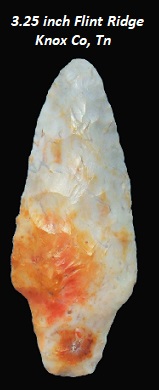
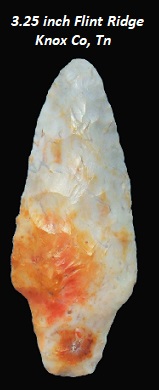
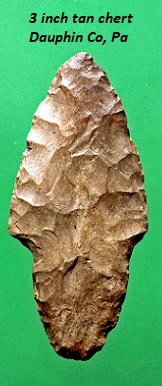
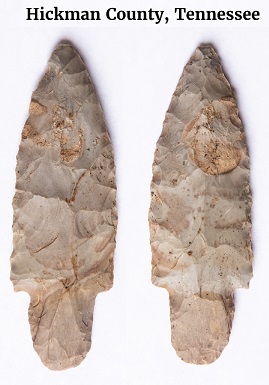
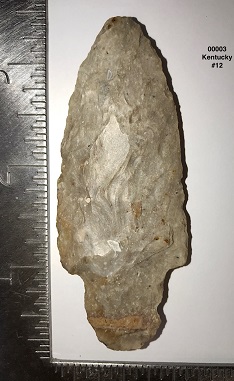
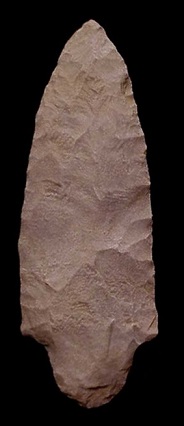
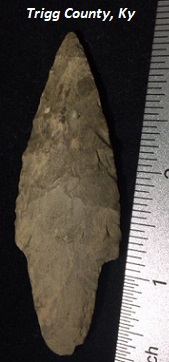
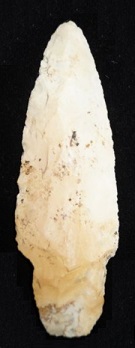
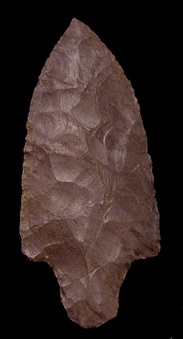
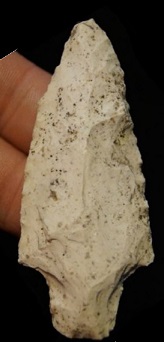
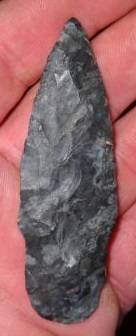
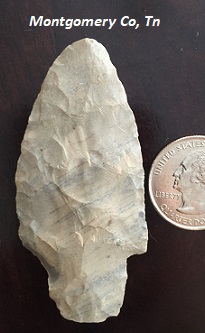
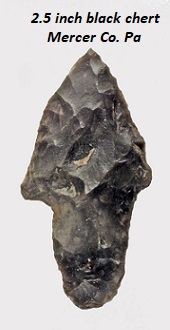
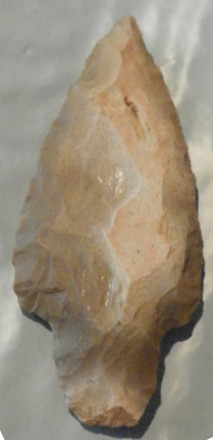
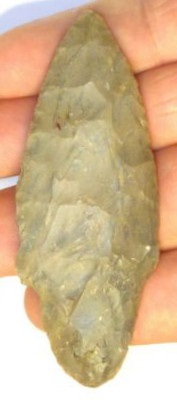
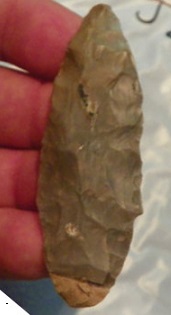
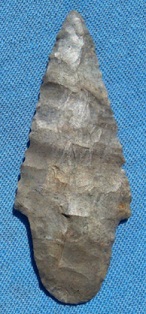
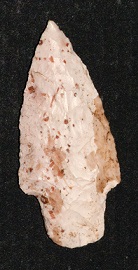
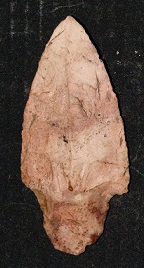
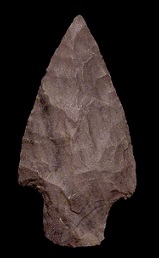
-


























